When you search for text-to-video AI models or tools on the internet, you may be guided to the Hugging Face website. The famous AI community collects many helpful models for video generation from text. This post will dive into Hugging Face text to video, explaining what it is, how to use text-to-video models, and its advantages and limitations. In addition, you can get three alternatives to Hugging Face that can generate videos from text descriptions.

Abraçando o rosto is a popular machine-learning platform that offers many open-source AI models, datasets, and applications. Text-to-Video gathers a collection of pre-trained AI models that can create videos based on provided text scripts. They use AI technology to analyze text and turn it into a sequence of images. Then, these generated visuals will be stitched together to show as a video.
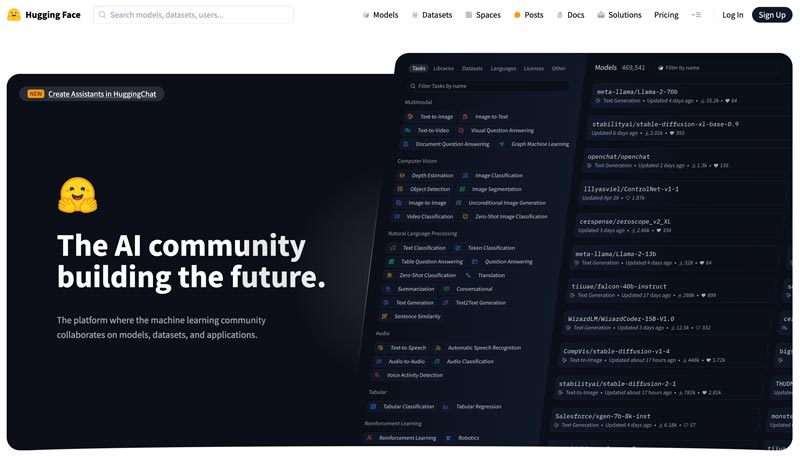
You can easily find all kinds of Text-to-Video AI models from Hugging Face. You can go to the specific Text-to-Video page and locate your desired models. Some popular models include AnimateDiff-Lightning, Text2Video-Zero, ModelScope Text To Video Synthesis, and ali-vilab text-to-video-ms-1.7b.
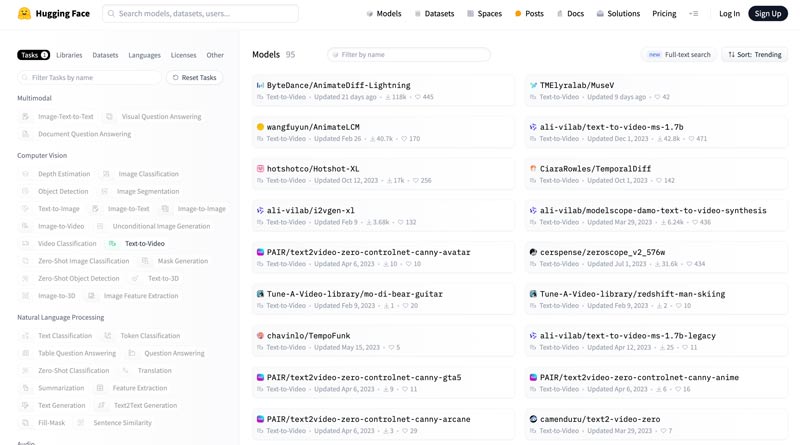
AnimateDiff-Lightning is a lightning text-to-video generation model developed by ByteDance. It can create videos from text at 10x faster speeds compared to the source AnimateDiff model.
Text2Video-Zero requires no specific video training data. It uses pre-trained models to directly create high-quality videos from text. This AI model does not need extensive video datasets.
ali-vilab text-to-video-ms-1.7b uses a multi-stage diffusion to turn text into videos. The AI text-to-video generation model is primarily designed for research purposes. It currently only supports text in English.
ModelScope Text To Video Synthesis focuses on text-guided video-to-video generation. This model lets you generate new video content based on existing footage and text. In that case, this text-to-video model can automatically add narration, adjust effects, customize settings, and improve the overall video quality. It is mainly used for creating realistic and visually appealing videos. One thing you should be concerned about is that this model is currently restricted to non-commercial use.

These are just a few text-to-video model examples. As the field progresses, we can expect more sophisticated models to emerge on Hugging Face.
Compared to traditional video creation methods, Hugging Face AI models can help to save time and resources. With suitable text-to-video models, you can easily create high-quality video content. Moreover, this new content creation way offers more possibilities for creative expression.
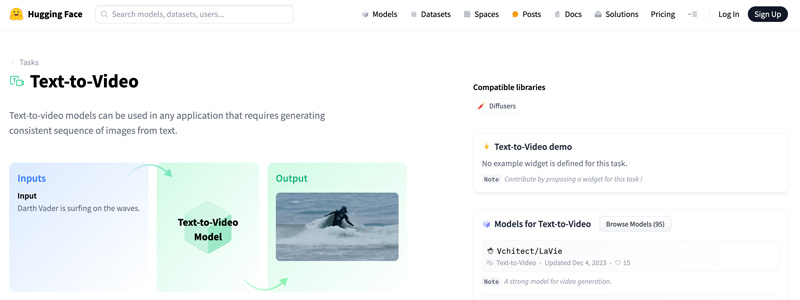
However, most current AI models can’t make real high-quality content. Complex and detailed text prompts may not be created in the video. The AI technology also causes potential misuse for disinformation. Moreover, compared with traditional video editing, text-to-video models may not offer the same level of artistic control.
Considering that there are many different models offered on the Hugging Face platform, when you want to turn text into video content, you should first select a desired text-to-video model. As a beginner, you can start with Text2Video-Zero. It is designed with a user-friendly interface and doesn't require specific video training data.
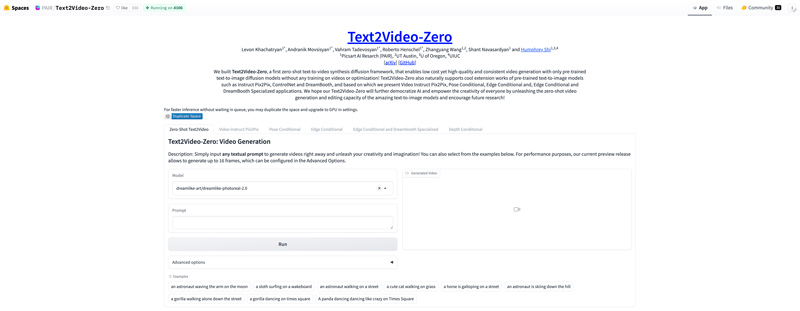
Once you have chosen your text-to-video model, you can start to prepare your text prompt. Try inputting a clear text description to create your video. Surely, the more details you give, the better content you may get. Also, the AI model will take a longer time to process. After that, you can click the Play button to check the generated video.
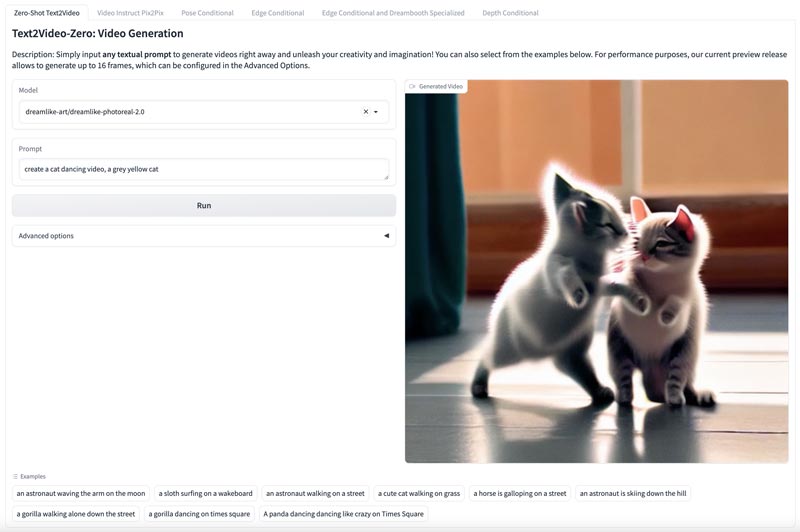
After using Text2Video-Zero, you can try other Hugging Face text-to-video models. Keep in mind that most AI models require some programming knowledge and familiarity with machine learning concepts. If you are familiar with this field, you can use various models to generate high-quality content.
If you are interested in the text-to-video generation AI models and want to explore more similar AI communities or platforms like Hugging Face, you can check three alternatives below. They offer AI tools and models to turn your text descriptions into videos.
Runway is a famous AI platform that provides various creative AI tools for video editing and production. It offers an individual Text to Video solution to generate videos from your text. Moreover, it integrates with various AI generation models for creative exploration.
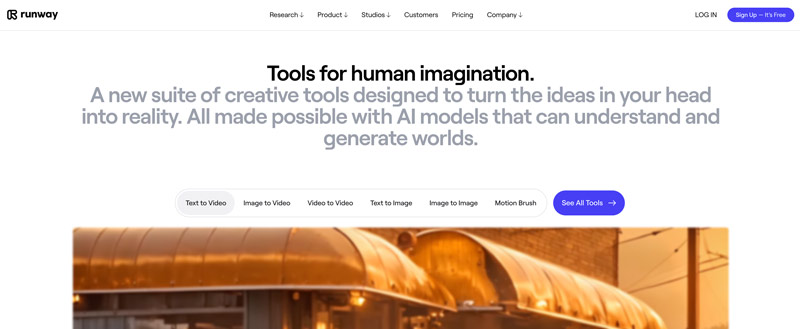
Nightcafe Creator offers a combination of artificial intelligence and human artistry. It gives a simple way to create images and videos based on text descriptions. Similar to Hugging Face, this platform has a vibrant community where users can share creations. Nightcafe Creator focuses on artistic style and the generated videos might not always be hyper-realistic or ideal for strictly informative content.

Synthesia is an AI video generator platform that lets you create videos with AI avatars and voiceovers. It is not an AI community like Hugging Face that carries various models and tools. But it has a specific tool for you to turn text into video with ease. It can be a good option to quickly create videos for marketing, training, or education.

For these corrupted or damaged videos, you can rely on the easy-to-use Aiseesoft Video Repair to get them back to normal. It can repair video files in all commonly used formats. The software adopts advanced AI technology to ensure a high success rate of video repair.
100% seguro. Sem anúncios.
100% seguro. Sem anúncios.

Does Hugging Face make money?
Even though most core open-source models offered on the Hugging Face AI community are free to use, they have adopted various strategies to make money. For instance, they design enterprise features, the Hugging Face Hub, on their platform. You need to pay for these business's services.
What is text to video explained?
Text-to-video refers to the video creation from text, generally using artificial intelligence to create the visuals. You can input a text to the text-to-video AI model, and it will analyze the text and then generate corresponding visuals frame by frame. Then, the text-to-video model will put these visuals together to make a video, add suitable transitions, music, or narration, and sometimes adjust the whole image effects.
Why is Hugging Face so popular?
Various factors make Hugging Face a popular platform for developers, researchers, and other users. First, many open-source tools and resources in the natural language processing and machine learning fields are provided. They are free for anyone to use and modify. That contributes to a large and active community. Moreover, Hugging Face offers advanced AI and NLP models, especially for Transformers. Most tools offered by Hugging Face are relatively easy to learn and use. That makes the platform approachable for a broader audience.
Conclusão
You can easily access many text-to-video models on the Hugging Face platform. As AI models and tools continue to improve, more and more advanced capabilities will be added for video generation. For more questions about Hugging Face Text-to-Video, you can leave me a message in the comments below.

Repare seus arquivos de vídeo quebrados ou corrompidos em segundos com a melhor qualidade.
100% seguro. Sem anúncios.
100% seguro. Sem anúncios.